BoE kept Bank Rate unchanged at 0.75% as widely expected. Asset purchase target was also held at GBP 435B. The decisions were both made by unanimous vote. Sterling is steady after the announcement.
Full statement below.
Bank Rate maintained at 0.75%
Our Monetary Policy Committee has voted unanimously to maintain Bank Rate at 0.75%. The committee also voted unanimously to maintain the stock of corporate bond purchases and UK government bond purchases.
The Bank of England’s Monetary Policy Committee (MPC) sets monetary policy to meet the 2% inflation target, and in a way that helps to sustain growth and employment. At its meeting ending on 1 May 2019, the MPC voted unanimously to maintain Bank Rate at 0.75%.
The Committee voted unanimously to maintain the stock of sterling non-financial investment-grade corporate bond purchases, financed by the issuance of central bank reserves, at £10 billion. The Committee also voted unanimously to maintain the stock of UK government bond purchases, financed by the issuance of central bank reserves, at £435 billion.
The Committee’s updated projections for activity and inflation are set out in the accompanying May Inflation Report. They assume a smooth adjustment to the average of a range of possible outcomes for the United Kingdom’s eventual trading relationship with the European Union. They are also conditioned on a path for Bank Rate that rises to around 1% by the end of the forecast period, lower than in the February Report. As with UK financial conditions more generally, that path has been heavily influenced by recent global developments, with forward interest rates in the United States and the euro area falling markedly.
The MPC has noted previously that UK data could be unusually volatile in the near term, due to shifting expectations about Brexit in financial markets and among households and businesses. GDP is expected to have grown by 0.5% in 2019 Q1, in part reflecting a larger-than-expected boost from companies in the United Kingdom and the European Union building stocks ahead of recent Brexit deadlines. That boost is expected to be temporary, however, and quarterly growth is expected to slow to around 0.2% in Q2. Smoothing through those developments, the underlying pace of GDP growth appears to be slightly stronger than previously anticipated, but marginally below potential. That subdued pace reflects the impact of the slowdown in global growth and ongoing Brexit uncertainties. The latter is having a particularly pronounced impact on business investment, which has been falling for a year. The MPC judges that there is currently a small margin of excess supply in the economy.
In the MPC’s central projection, global growth stabilises around its potential rate and Brexit uncertainties subside gradually. Four-quarter UK GDP growth begins to pick up next year and rises to over 2% by the end of the forecast period. Business investment recovers and household spending continues to support demand growth, sustained by rising real incomes. GDP growth picks up above the subdued pace of potential supply growth, such that excess demand begins to build. Excess demand rises above 1% of potential output by the end of the forecast period, notably higher than in the February Report, reflecting the support to demand provided by lower market interest rates and easier financial conditions more generally.
CPI inflation was 1.9% in March and is expected to be slightly further below the MPC’s 2% target during the first half of the forecast period, largely reflecting lower expected retail energy prices. The labour market remains tight, with the unemployment rate projected to decline to 3½% by the end of the forecast period. Annual pay growth has remained around 3½% and unit labour cost growth has strengthened to rates that are above historical averages. As excess demand emerges, domestic inflationary pressures are expected to firm, such that CPI inflation picks up to above the 2% target in two years’ time and is still rising at the end of the three-year forecast period.
The Committee continues to judge that, were the economy to develop broadly in line with its Inflation Report projections, an ongoing tightening of monetary policy over the forecast period, at a gradual pace and to a limited extent, would be appropriate to return inflation sustainably to the 2% target at a conventional horizon. The MPC judges at this meeting that the current stance of monetary policy is appropriate.
The economic outlook will continue to depend significantly on the nature and timing of EU withdrawal, in particular: the new trading arrangements between the European Union and the United Kingdom; whether the transition to them is abrupt or smooth; and how households, businesses and financial markets respond. The appropriate path of monetary policy will depend on the balance of these effects on demand, supply and the exchange rate. The monetary policy response to Brexit, whatever form it takes, will not be automatic and could be in either direction. The Committee will always act to achieve the 2% inflation target.




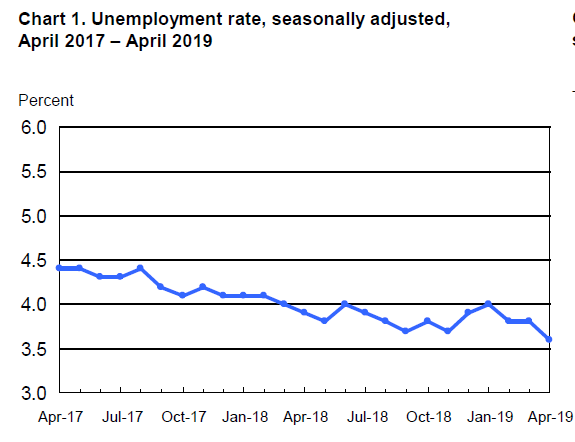
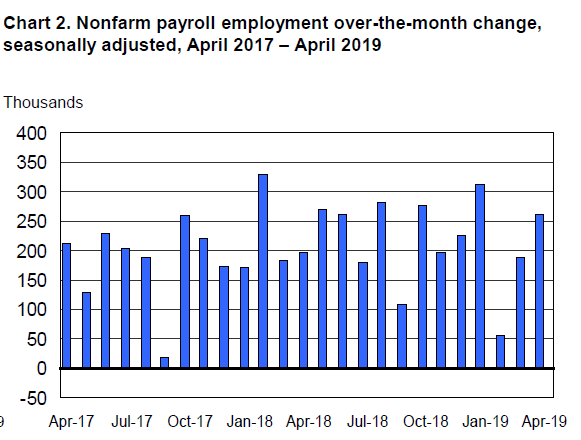
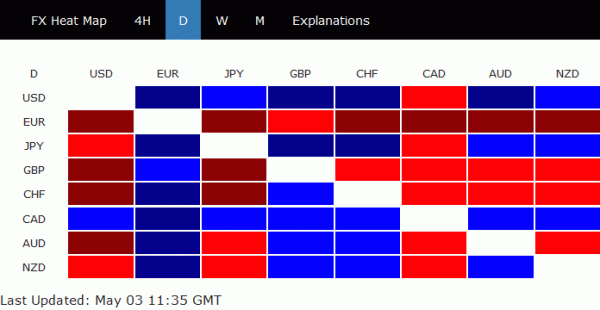
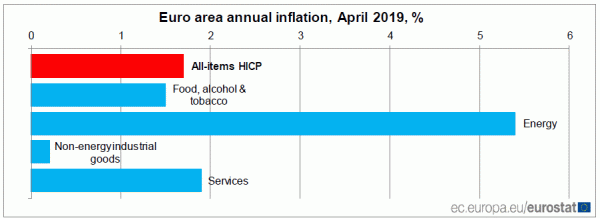
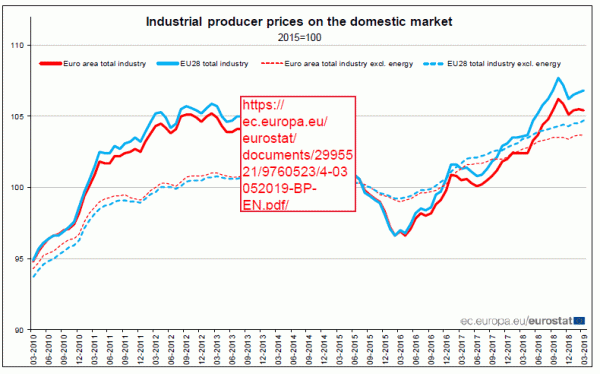
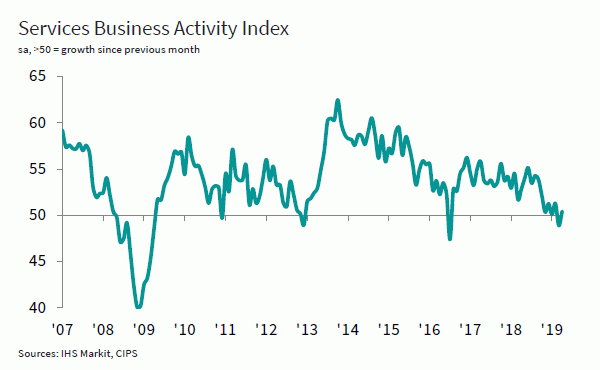

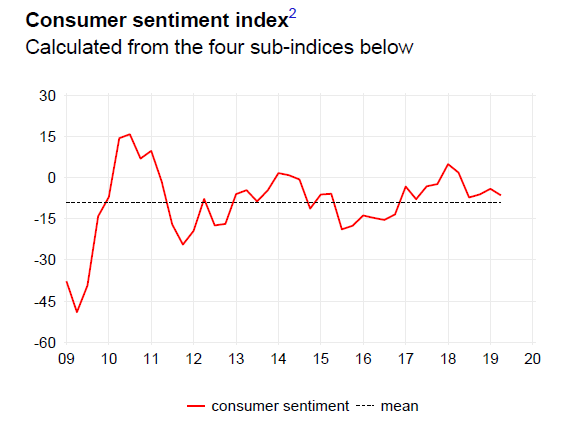
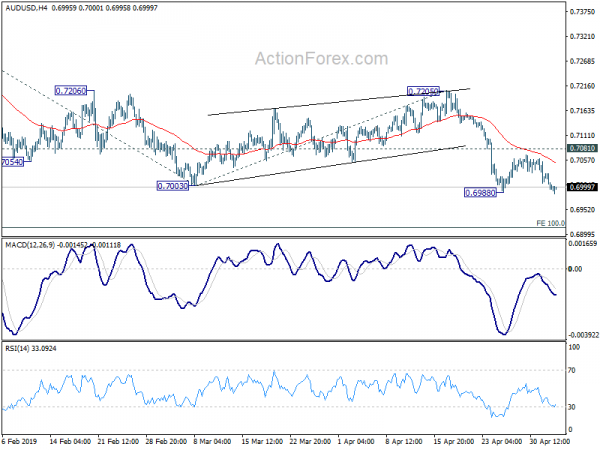
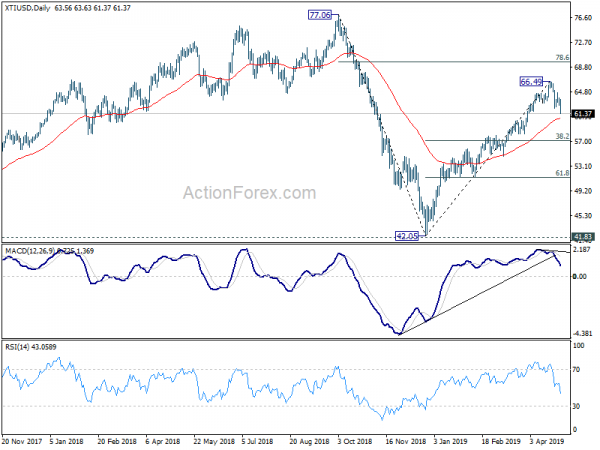
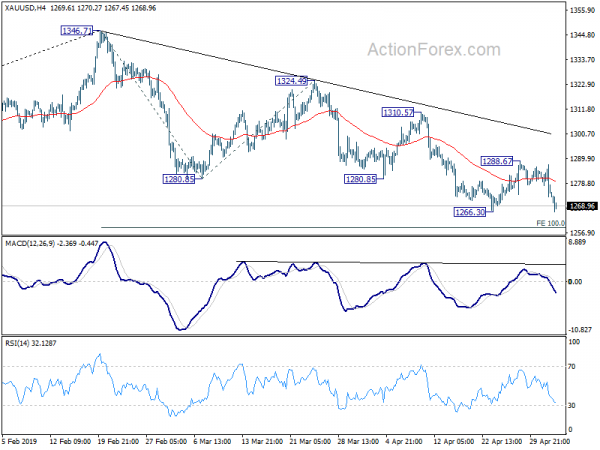
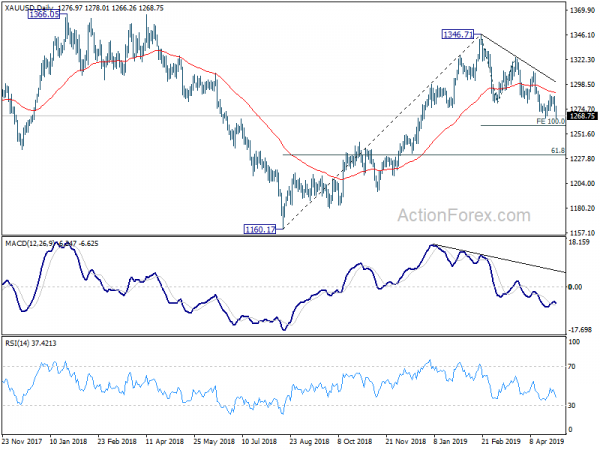
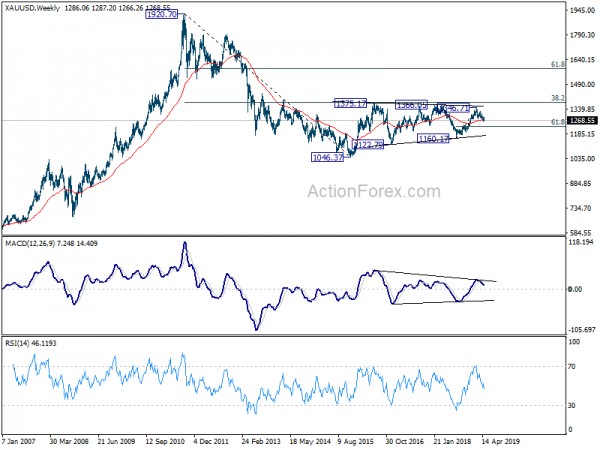
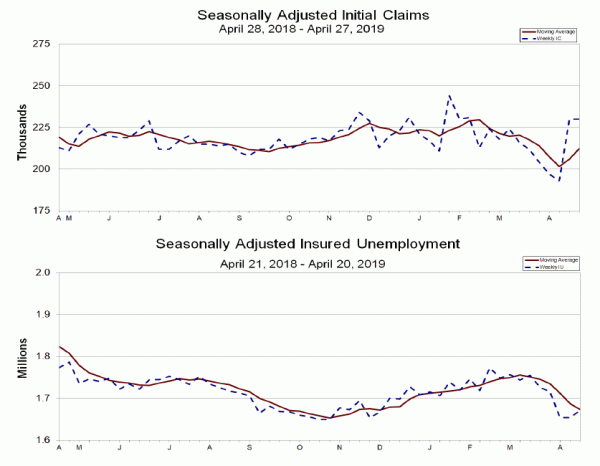
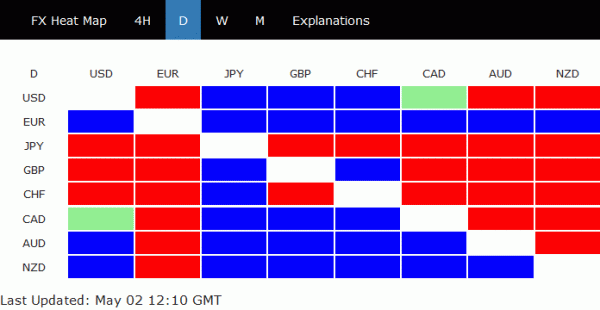
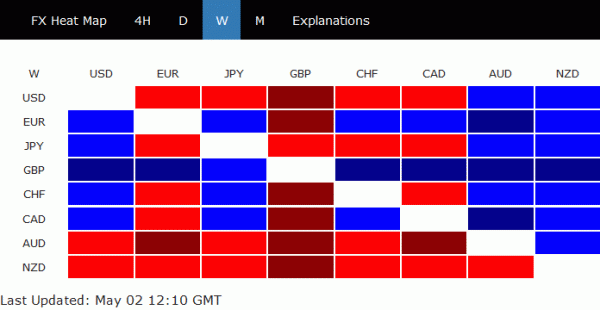
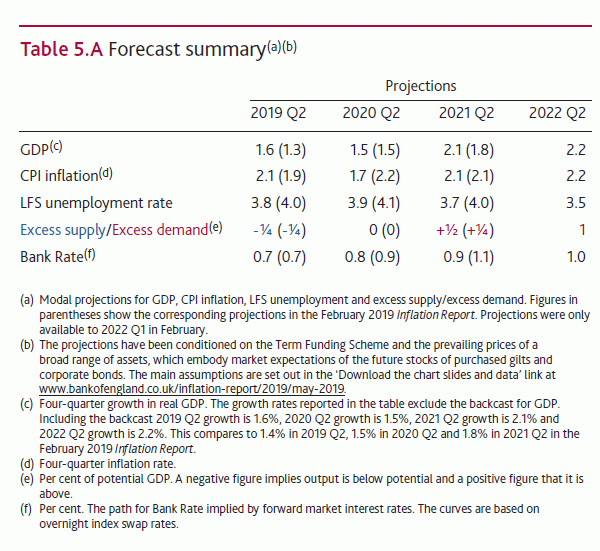
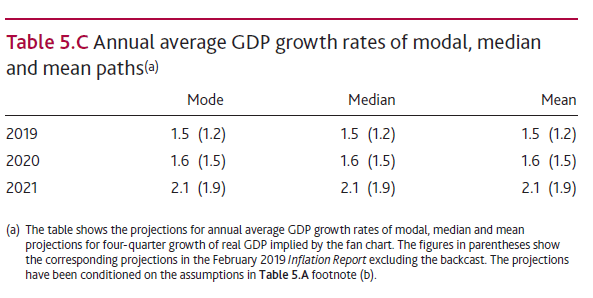
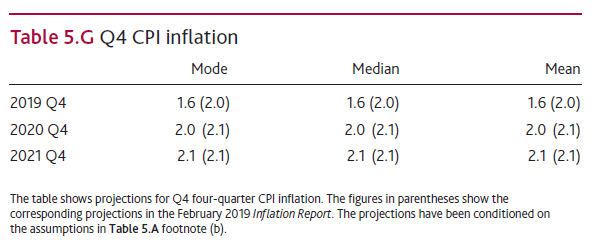

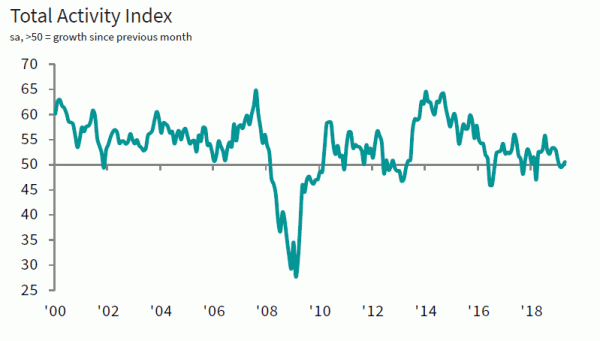
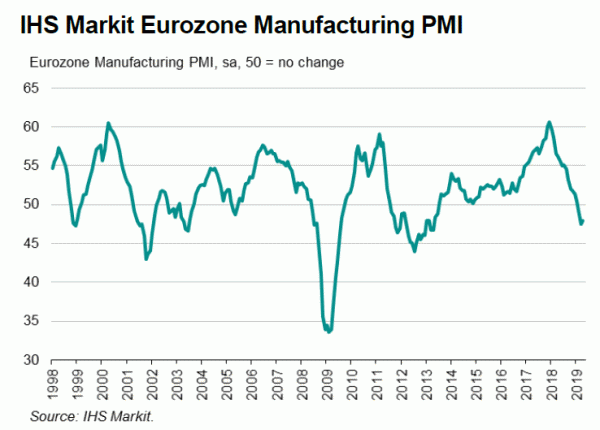
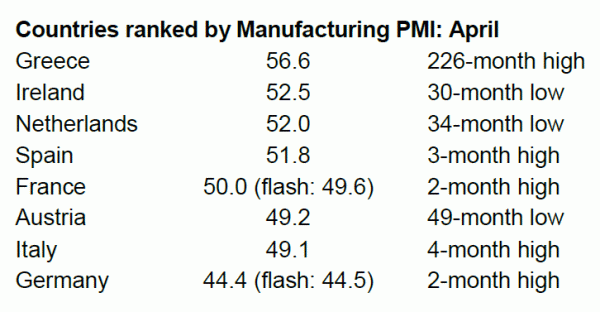
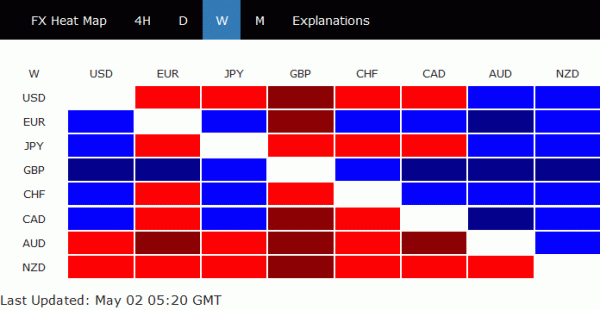
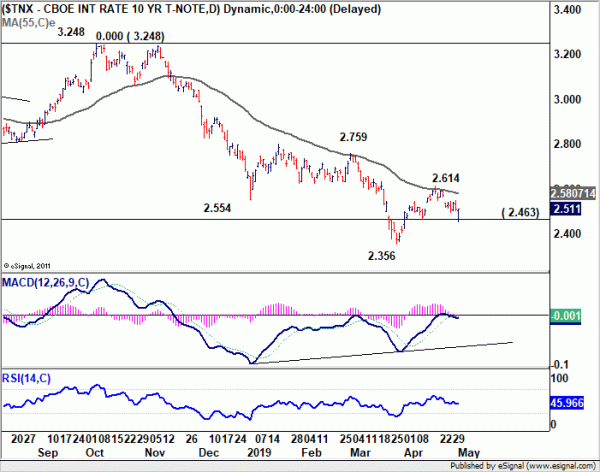
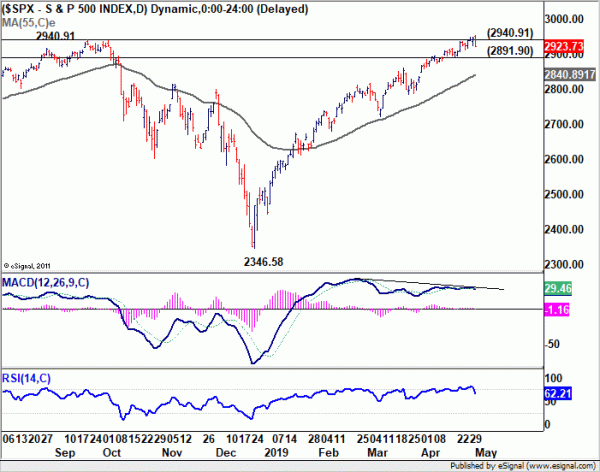

ISM non-manufacturing dropped to 55.5, employment and price declined
US ISM non-manufacturing composite dropped to 55.5, down from 56.1 and missed expectation of 57.0.
Look at the details:
ISM noted: “The non-manufacturing sector has experienced an uptick in business activity, but in general, there has been a leveling off. Respondents are still mostly optimistic about overall business conditions, but concerns remain about employment resources.”
Full release here.